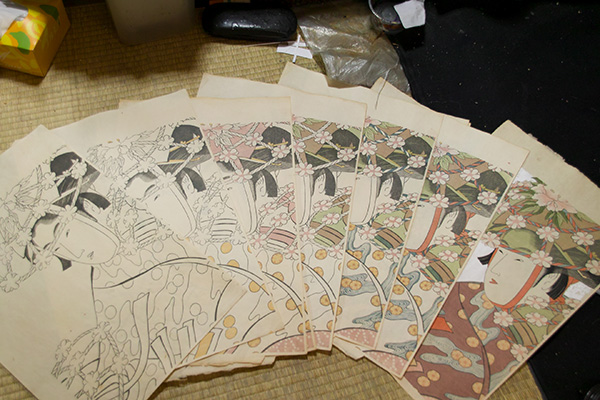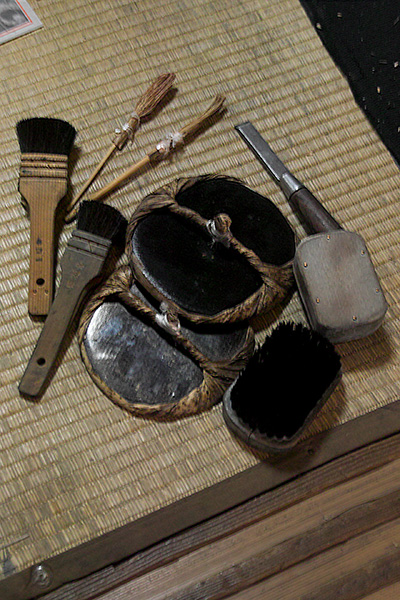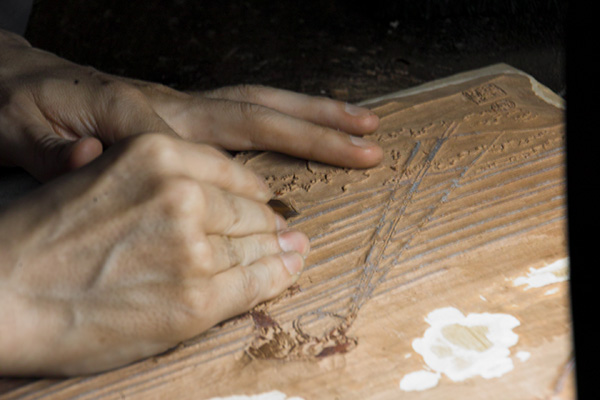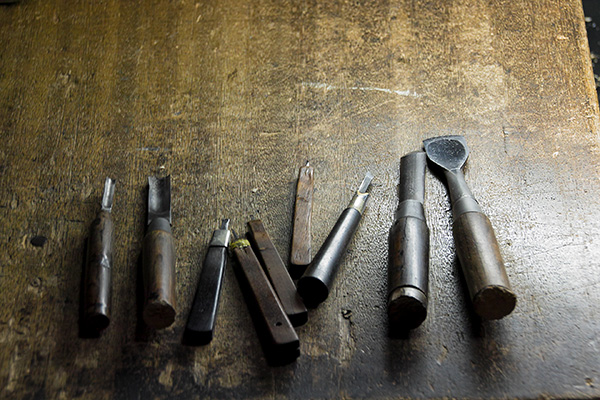Edo Moku-Hanga (Woodblock Prints)
 Japan was already in possession of the technology needed to make woodblock prints 1200 years ago, but it was in the 17th century during the beginning of the Edo period (1603-1867) thanks to factors such as the advent of ukiyo-e that the practice really began to develop. In the 18th century, the technology of Edo moku-hanga further progressed through advances such as nishikie or multi-color woodblock prints, and there are those that continue to practice the art form even to this day. The Edo period saw an establishment of the division of labor between the processes of woodblock printing, wherein the work of the eshi (the artist who drew the design), the horishi (the carver who carved the woodblocks based on the eshi’s drawings), and the surishi (the artist in charge of rubbing the inked blocks onto paper to make prints) would combine to make pieces that subsequently drew great praise from around the world.
Japan was already in possession of the technology needed to make woodblock prints 1200 years ago, but it was in the 17th century during the beginning of the Edo period (1603-1867) thanks to factors such as the advent of ukiyo-e that the practice really began to develop. In the 18th century, the technology of Edo moku-hanga further progressed through advances such as nishikie or multi-color woodblock prints, and there are those that continue to practice the art form even to this day. The Edo period saw an establishment of the division of labor between the processes of woodblock printing, wherein the work of the eshi (the artist who drew the design), the horishi (the carver who carved the woodblocks based on the eshi’s drawings), and the surishi (the artist in charge of rubbing the inked blocks onto paper to make prints) would combine to make pieces that subsequently drew great praise from around the world.



